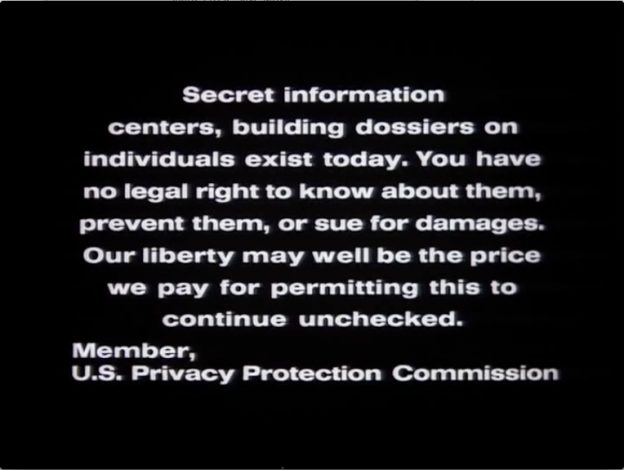In March we asked as a class “What is the future of television” and there are numerous different answers to that one question. The only thing certain is that what has commonly been thought of as television since the late 1940s will certainly changed as we head into the 2020s.
Most shows will have much shorter seasons. As streaming shows will eventually dominate television viewing, longer 24 episode seasons made for syndicating to local TV stations will no longer be the norm for making a show profitable for the producers. Seasons that consist of only 8 to 10 episodes and are all released for streaming on the same day will be the norm.
Shows will have to get used to working with smaller budgets. Without the direct revenue of television advertising, less traditional means of generating revenue will be needed. More digital placement of advertising before, after or during a show and product placement directly inserted into the show will compliment subscription fees and help offset revenue lost to piracy. The producers of shows will be working with smaller and smaller budgets, so this may mean less special effects or expensive adventure scenes. This may mean that fans of the shows may be asked to contribute to online fundraisers similar to what many musicians and bands have been doing for years now.
Television may very well become an antiquated name as most people will increasingly watch shows on phones, tablets, and eventually in virtual reality.
Video content made for viewing may increasingly be referred to as just “shows” as opposed to “TV shows”. A larger flat screen may only be occasionally used by a household on family or friend movie or show nights and even then it may be more likely in the home of the wealthy as most families will only occasionally watch the same show together.
Broadcast channels will survive initially for the next several decades by showing more live programming such as sports and live reality contest based shows. At this time and for the foreseeable future, sports fans have no choice but to continue to watch the broadcast networks and pay for specialty cable and satellite channels to watch their favorite sports teams. Contracts for sports are already signed will into the next decade and these contracts will prevent the live streaming of most sports unless greatly amended. At this time, most sports team owners and leagues appear to have a distrust with streaming and would rather stick to a similar business model they have used since the late 1970s. As time progresses, the live programming will most likely move to an internet related source as well. If increasingly no one is able to view either broadcast or cable television, those making decisions on sports programming or live reality competition will have to adapt to the changing times or risk loosing much money and the interest of the public. For the foreseeable future most larger contracts, such as the Super Bowl are for broadcast only and mostly owned by NBC, CBS, ABC and FOX.






